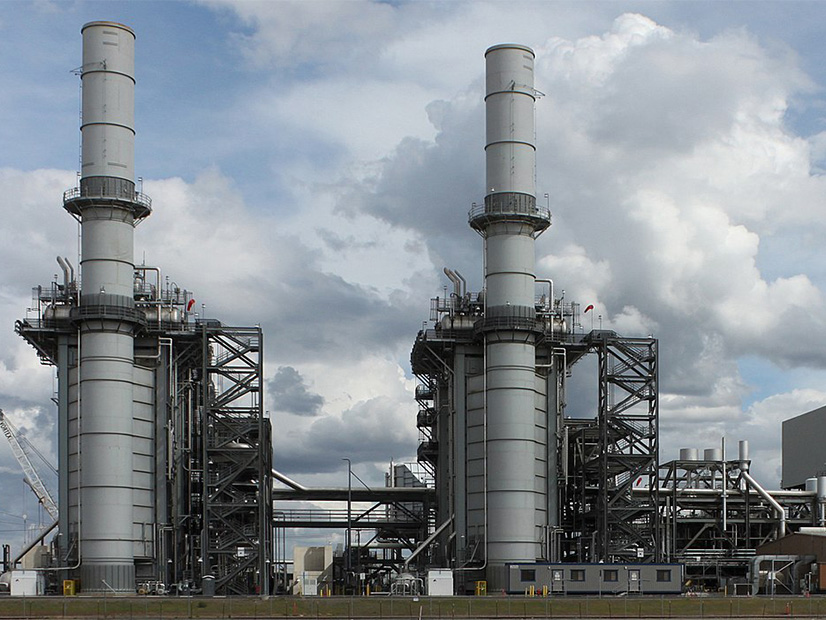
Pacific Gas and Electric has asked California regulators to approve a plan that would allow the company to sell a minority stake in a newly formed generation subsidiary, with proceeds to be used to fund capital investment projects such as wildfire mitigation and clean energy.
PG&E on Wednesday filed an application with the California Public Utilities Commission for approval to transfer all of its non-nuclear generation assets to a new subsidiary called Pacific Generation, a move that would enable the utility to sell up to 49.9% of equity interests in the division to one or more investors.
“The creation and minority sale of Pacific Generation represent the best path forward for raising equity capital while balancing a variety of important objectives, including meeting PG&E’s near-term capital needs and continuing to provide safe, reliable and affordable service,” PG&E Corp. CFO Chris Foster said in a release posted on the company’s website.
The subsidiary, which would be regulated by the CPUC, would control about 5.6 GW of output, including 62 hydroelectric facilities — and associated reservoirs — with 2,700 MW of capacity; 152 MW of utility-owned solar plants; 1,350 MW of battery and pumped hydro storage; and three natural gas-fired plants rated at a combined 1,400 MW of capacity.
“PG&E would maintain control and majority ownership of Pacific Generation and would use proceeds from the transaction to fund PG&E’s capital investment plans such as wildfire mitigation work, safety and reliability projects, and clean energy investments,” the utility said in its release.
The deal would not involve PG&E’s largest generating asset, the 2.2-GW Diablo Canyon nuclear plant, which had been slated for closure in 2025 but will likely get an extended life because of grid reliability concerns in California. (See Diablo Extension Effort Gears up.)
In documents filed with the U.S. Securities and Exchange Commission on Wednesday, PG&E said Pacific Generation would be a “standalone” subsidiary with separate management and its own board of directors.
The filing showed the new company would assume a rate base of about $3.5 billion from the transferred assets, representing about 7% of PG&E’s total rate base. The company’s revenue requirement would be set through CPUC general rate-case and cost-of-capital proceedings, and its operations would “be capitalized in line with authorized CPUC capital structure.”
The SEC filing also contended that PG&E customers would benefit from the arrangement because the utility would retain owned generation with no rate impact, and sale proceeds would be invested back into the PG&E system. Existing investors stand to benefit from the sale by gaining an “additional capital source for generation safety and reliability investment” and avoiding a decline in the value of their holdings, the company said.
“PG&E can raise equity through the minority sale that would otherwise need to be raised by the issuance of new common stock, thereby avoiding dilution for shareholders,” company spokesperson Paul Moreno told RTO Insider in an email. “The subsidiary would be subject to rate regulation under the CPUC. There would be no increase in total rates charged to customers and no increase in energy bills.”
PG&E could not say how much it expects to earn from the sale.
“We plan to run a competitive process to maximize value and can’t comment at this stage on expected proceeds. Utility asset valuations in the private sector continue to be very strong, and we expect to capitalize on this dynamic to deliver premium value to our shareholders,” Moreno said.
According to the SEC filing, PG&E plans to file with FERC next month to seek approval for the plan and to transfer its hydroelectric licenses to the new subsidiary. The company plans to launch its sales process in the first quarter of 2023 and expects FERC approval of the hydro license transfers in the first half of the year. That would be followed by an expected CPUC decision in July and a FERC ruling on the investors later in the year. PG&E plans to close the transaction by the end of 2023.

